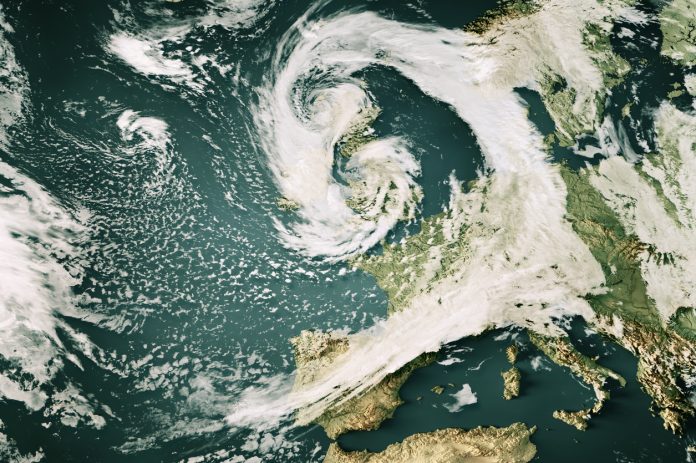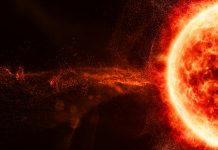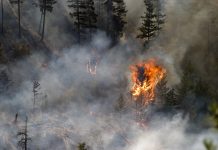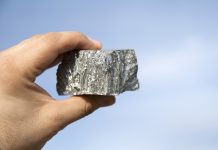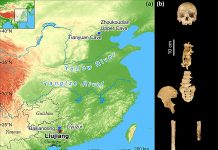What is the real cause of Earthquakes? Researchers from the Massachusetts Institute of Technology (MIT) have revealed a link between weather events and seismic activity
For centuries, scientists have focused on the collision of tectonic plates and subsurface faults as the primary triggers of earthquakes. However, the MIT study, led by Assistant Professor William Frank from MIT’s Department of Earth, suggests that certain weather conditions, such as heavy snowfall and rain, could also play a significant role in the setting off of seismic events.
Weather events, earthquakes and seismic activity
The study focuses on a series of earthquakes in Japan’s Noto Peninsula, and revealed a correlation between episodes of intense precipitation and seismic activity. According to Frank, “We see that snowfall and other environmental loading at the surface impacts the stress state underground, and the timing of intense precipitation events is well-correlated with the start of this earthquake swarm.”
Unlike typical earthquake sequences, which are characterised by a main shock followed by an aftershock, the Noto Peninsula experienced an “earthquake swarm” with multiple ongoing quakes and no obvious main shock.
The researchers analysed seismic data over 11 years and observed a synchronisation between changes in seismic velocity and seasonal patterns of snowfall and precipitation.
The earthquake swarm
Through modelling, the team demonstrated how seasonal precipitation influences underground pore fluid pressure, which affects seismic wave propagation. “When it rains or snows, that adds weight, which increases pore pressure, which allows seismic waves to travel through slower,” Frank explains. “When all that weight is removed, through evaporation or runoff, all of a sudden, that pore pressure decreases and seismic waves are faster.”
The study found that heavy snowfall events, in particular, were strongly correlated with the timing of earthquakes in the Noto Peninsula. Frank emphasises that while tectonic activity remains the primary trigger for earthquakes, climate factors could serve as secondary influencers.
Frank and his team speculate that similar weather-induced seismic activity could occur in other regions around the world. With climate change leading to more extreme precipitation events, the influence of weather on earthquakes may become more pronounced in the future.
“When we first want to understand how earthquakes work, we look to plate tectonics, because that is and will always be the number one reason why an earthquake happens,” Frank says. “But, what are the other things that could affect when and how an earthquake happens? That’s when you start to go to second-order controlling factors, and the climate is obviously one of those.”
Editor's Recommended Articles
-
Must Read >> Accurate forecasting of space weather is needed now


